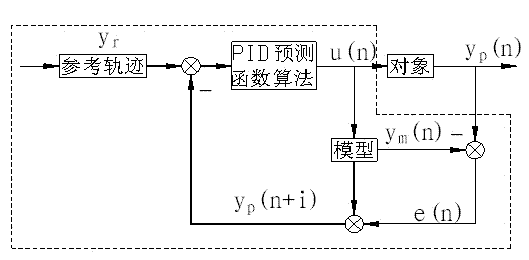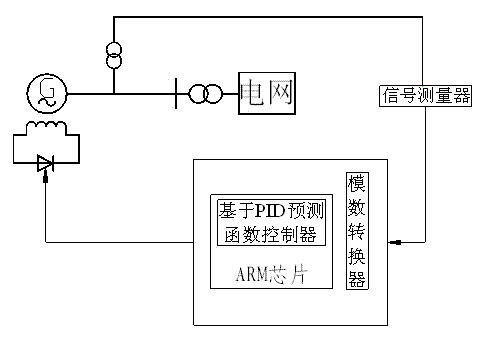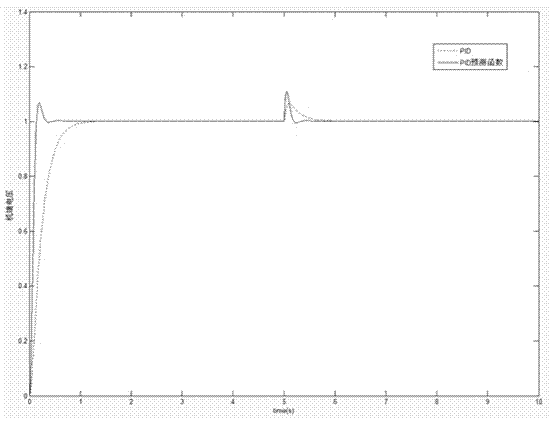PID prediction function-based excitation control method
A technology of excitation control and prediction function, which is applied in the direction of controlling generators through magnetic field changes, and can solve problems such as poor real-time performance, large amount of calculation, and inapplicability to excitation control of power systems.
- Summary
- Abstract
- Description
- Claims
- Application Information
AI Technical Summary
Problems solved by technology
Method used
Image
Examples
Embodiment Construction
[0137] The technical scheme of the present invention is described in detail below in conjunction with accompanying drawing:
[0138] Structured according to the method of the present invention as attached figure 2 The shown predictive function controller includes an ARM microprocessor chip and an analog / digital converter connected with the microprocessor signal, and the ARM microprocessor is solidified with control software compiled according to the method of the present invention. After the microprocessor obtains the current machine terminal voltage of the synchronous generator, it sends the machine terminal voltage to the controller, and the control quantity at the next moment is obtained after the controller calculates, and the microprocessor outputs the control quantity to the amplifying device to drive the automatic voltage regulation The equipment (or power electronic devices such as the drive control circuit of the thyristor) changes the excitation current of the synch...
PUM
 Login to View More
Login to View More Abstract
Description
Claims
Application Information
 Login to View More
Login to View More - R&D
- Intellectual Property
- Life Sciences
- Materials
- Tech Scout
- Unparalleled Data Quality
- Higher Quality Content
- 60% Fewer Hallucinations
Browse by: Latest US Patents, China's latest patents, Technical Efficacy Thesaurus, Application Domain, Technology Topic, Popular Technical Reports.
© 2025 PatSnap. All rights reserved.Legal|Privacy policy|Modern Slavery Act Transparency Statement|Sitemap|About US| Contact US: help@patsnap.com



